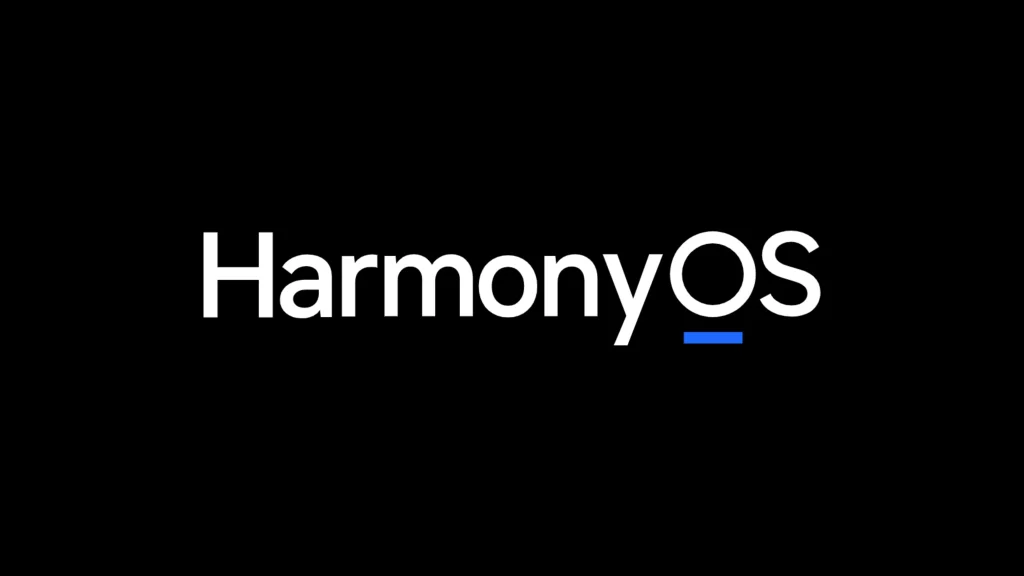The Shenzhen government has announced a big plan to expand the ecosystem of Huawei‘s HarmonyOS operating system, according to a report from Xinhua news agency, the official state news agency of the People’s Republic of China.
This move is to make the platform more competitive and position it as a rival to dominant operating systems like Android and iOS.

HarmonyOS, developed by Huawei as a response to US sanctions, has steadily gained traction in the Chinese market. It now powers an array of Huawei devices, from smartphones to smartwatches.
Now, the Shenzhen government has launched the “Shenzhen Action Plan for Supporting the Development of Native HarmonyOS Open Source Applications in 2024.” The goal is to have more than 10% of China’s native HarmonyOS applications developed in Shenzhen by 2024.
The plan also includes building at least two special industrial parks for HarmonyOS development and training over 1,000 software companies in HarmonyOS.
Additionally, there are plans to expand HarmonyOS outsourcing services to cultivate a pool of 500,000 developers and promote the use of HarmonyOS applications in key industries in Shenzhen.

As an open-source operating system, HarmonyOS has vast potential for adoption outside of Huawei devices. With support from the Shenzhen government and Huawei’s efforts to attract developers and partners, HarmonyOS could become a strong competitor globally.
Huawei’s recent success with the HarmonyOS-powered Mate 60 series smartphones has laid a strong foundation, securing the company a substantial domestic market share.
Reportedly, HarmonyOS now runs on 16% of smartphones sold in China. Through strategic investments and partnerships, HarmonyOS could challenge Android and iOS dominance.
However, HarmonyOS still needs to attract more developers and address concerns about revenue sharing with app stores. Despite these challenges, if overcome, it could become a major player in the tech sector, as China aims to strengthen its domestic technology capabilities.
Related:
- Huawei MatePad Pro 13.2″ tablet gets a new SIM card version
- Huawei SuperCharge Max 100W charger with dual ports goes on sale for $41
- Huawei announces new wearables: Watch 4 Pro Space Exploration, Watch GT 4 Grass Green
- Huawei’s upcoming UWB no-touch car control feature for its smartwatches spotted
- Xiaomi 13 Ultra Premium Camera Phone is now only $799
- Lenovo Legion Y700 2023: Save $100 on this 8-inch gaming Android tablet
- How to turn off any Samsung phone without using screen (5 methods)







